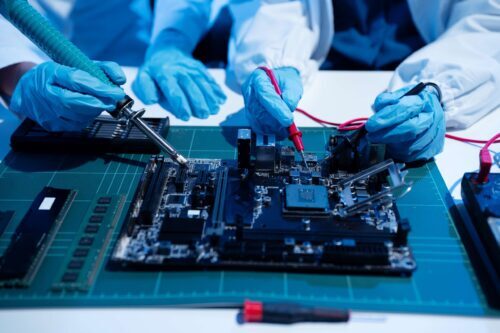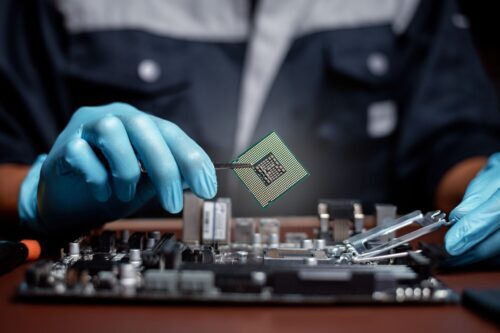
With the increasing electrification of transportation, electric vehicle batteries have become not just a part of everyday life but a strategic resource. Behind each one lie lithium, nickel, and cobalt, critical materials without which a sustainable energy transition is impossible. But what happens to these batteries when they fail?
Black Mass
Once a battery has exhausted its resources, it goes to a recycling center where it is pulverized into a “black mass” of dense powder containing everything from graphite and lithium to leftover plastic and copper. At first glance, it’s chaos. But modern technology makes it possible to extract from this mass almost everything that can be reused. This is the logic behind the circular economy: nothing is thrown away, everything goes back into the cycle.
According to the IEA, in 2023, one in five cars sold will be electric. And that’s just the beginning. Tens of millions of cars will reach the end of their life cycle in the coming years, which means millions of batteries will need to be disposed of or recycled. At the same time, the demand for new batteries, and therefore for metals, is growing. At the same time, their production is concentrated in countries with unstable politics and difficult working conditions, which makes recycling not only an environmental issue, but also an ethical and geopolitical one.
How Does Next-Generation Recycling Work?
An example of the new wave of recycling is the hydrometallurgy technology being developed by Altilium in the UK. Instead of high-temperature pyrolysis, which is accompanied by large carbon dioxide emissions, the acid soaking method is used. It allows separating and purifying metals: nickel, cobalt, manganese, and lithium, and it also recovers graphite.
The process looks like chemical surgery: the acidity of the solution is adjusted to precipitate “unnecessary” elements, after which the valuable metals are extracted one by one with the help of chemical reagents and extraction in organic solvents. The resulting raw materials are used to produce new battery cathodes.
The Importance of Scaling Up
One lab is not salvation. For recycling to truly impact the market, it needs to be scaled. Altilium is already running a new plant in Plymouth and plans to build two more. In the long term, the company hopes to recycle the equivalent of 150,000 batteries annually and produce materials 20% cheaper than commercially available counterparts from mining.
But Altilium isn’t the only one moving in this direction. Li-Cycle and Redwood Materials are actively developing in the US. The EU is introducing regulations requiring a certain percentage of recycled raw materials to be included in new batteries. This all points to a growing interest in closed-loop supply chains.
What Are the Benefits of Recycling?
The potential benefits are obvious:
- Reduced dependence on raw materials: Recycling could cover more than 50% of lithium and nickel demand by 2040.
- Environmental sustainability: Minimizing extraction, reducing emissions, and avoiding polluting technologies.
- Economic efficiency: Recycled materials are cheaper and more localized.
- Geopolitical stability: Less dependence on suppliers from unstable regions.
In addition, recycling within the country means maintaining added value: jobs, investment, taxes. No wonder the UK already sees waste batteries as a strategic asset.
What’s Stopping it From Moving Faster?
Despite progress, the industry is still at an early stage. Investment is needed in technology, standardization of battery design, and the development of local recycling. Many batteries are still exported to Asia, where recycling is cheaper but less environmentally transparent. In addition, the complexity of the batteries themselves, with spiral cathodes, multi-layer structures, makes recycling them a technological challenge.
While battery recycling used to be a matter of ethics, today it is a matter of survival. The world is on the threshold of the battery age, and the sustainability of the future energy sector depends on how effectively we learn to recycle rare materials back into the cycle. In this sense, “black mass” is not the end of the battery, but its rebirth.






